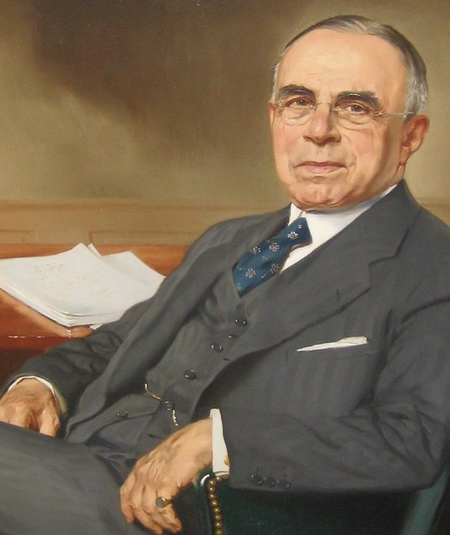http://www.miningweekly.com/page/americas-home
JOHANNESBURG (miningweekly.com) – Diversified mining and marketing company Glencore on Thursday guided higher 2016 ferrochrome and nickel production – the only two of its wide range of commodities that it expects to produce at levels higher than in 2015.
Reporting lower half-year production of copper, zinc, lead, coal and oil than in the first six months of 2015, the London-, Hong Kong- and Johannesburg-listed company headed by CEO Ivan Glasenberg put this year’s expected full-year ferrochrome production at 1 575 000 t – up on the 1 462 000 t of 2015.
In the six months to June 30, Glencore’s attributable share of ferrochrome production of 762 000 t was in line with last year’s first-half output. The company is also guiding 2016 nickel output of 116 000 t, up on the 96 000 t of last year.

























